This year we are presenting a series of posts profiling PKS teachers. The third installment features second grade teacher Xi Song. Read the first installment (Q+A with preschool teacher Shihpei Chen) and second installment (Q+A with Paloma Cordova)
What was your path to becoming a teacher?
I was born in Xi’an, China, a city known for its rich culture and long history. I received my BA in Teaching Chinese as a Second Language from Xi’an International Studies University, and I graduated from Texas A&M University’s master’s program in Bilingual Education. Before moving to San Francisco, I taught first graders in a Chinese immersion program in Minnesota.
What makes PKS a special place?
One of the things I like the most about PKS is the progressive education philosophy here. It is very different from the education I had when I grew up. It is unique because it allows students the freedom to explore what they want to learn, and teachers’ roles are more like facilitators and helpers to guide students. We encourage them to ask all kinds of questions, and we provide them tools to help their study, but they are the ones to explore and find answers to their own questions. In addition, PKS is a smaller school, so students, parents and staff all know each other well. We often get to teach students’ siblings, and parents are very involved and supportive of our work, and these all contribute to the feeling of community.
Why do you enjoy the second grade age?
Second grade is a crucial stage when students develop more curiosity and the sense of independence. They often ask different kinds of questions and have the enthusiasm to find answers to those questions, and they show more independent thinking and are willing to share their ideas. I think it is a privilege to work with kids this age because there are so many things we can inspire them to think about and to do, and we can guide them to challenge themselves and discover their passion to learn.
Some parents worry about their children learning Mandarin if they cannot support it in the home with a fluent speaker. How do you support children in this situation?
I think the most important thing for students this age who are learning Chinese is develop their interests; this is something both teachers and parents can work on inside and outside the classroom. It is always beneficial to encourage reading and speaking at home, even if no one at home speaks Mandarin, the student can be a little teacher for his/her family members. It is natural that different people work on different levels, and we want students and parents to be aware of that and focus on building students’ interests and help students at their individual levels.
What do you like best about the progressive style of teaching and learning?
When I was little, I was a very active kid. I always wondered about things and was always asking “what if” and “why.” I remember I would just go out and play in nature since we lived very close to a stream and a big hill, and I was so fascinated by those living plants and creatures. I kept asking questions about them. Later, when I could read more, I found answers to many of my questions. I think that was my first inquiry-based learning, and although it was not a full experience, it still has helped me shape my learning habits. Here at PKS, we are providing students with a similar but better learning experience with our progressive education philosophy. Students develop their learning skills so they will be able to solve many problems by themselves instead of just learning information from teachers.
How does the progressive model contribute to Mandarin language development for our students?
Since students are doing a lot of independent and tailored learning in the progressive model, it is more likely they will get exposed to both high-frequency and not-so-high frequency Mandarin words in various settings. This helps them better understand how certain characters is used and also helps to expand their vocabulary. Another benefit I have witnessed is that the progressive model provides more chances for students to put their language into practice, which helps students to make connections that Mandarin does not only exist in the books we read in school, but is also a tool many people use to communicate in the real world.
What has been your favorite unit of exploration with second graders, and why?
Earlier this year we completed the “My City” unit. It was very exciting to see all the learning happening in the classroom. In the beginning of the unit, we were brainstorming as well as having guest speakers over to talk about features of a city. After that, students chose one thing about San Francisco that they wanted to become an expert on. Instead of teaching things about San Francisco, we gave mini lessons like how to pick a topic, how to make research plans and research methods, even strategies on how to take notes. Students did their research independently and gathered information for their topics. Then we brainstormed ways students could do their projects to show their learning processes, and we designed a rubric for students to present their projects either individually or in a group.
It was a great unit because students took initiative and chose things they wanted to learn, and because of that, they were very motivated all the time and became experts in that topic. They were also very passionate about sharing their learning process with others because they were very proud of their projects.
Read more about the “My City” unit.
Follow PKS on Facebook!

